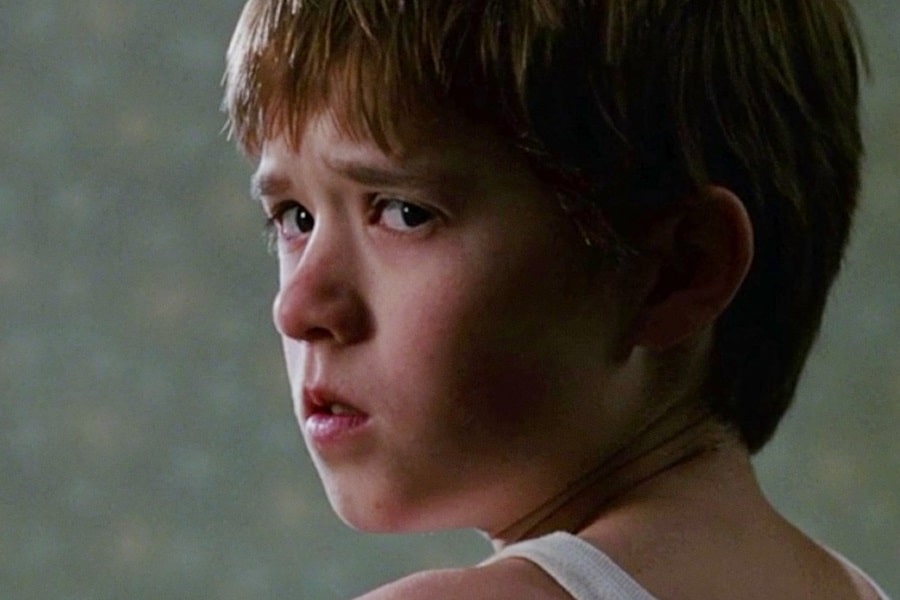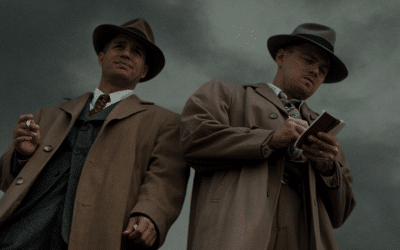
Suspense Themes
Suspense, the bread and butter of any thriller or mystery, isn’t just about keeping the audience on the edge of their seats. It’s a complex ballet of themes and narratives that intertwine to create a web of intrigue. These common themes are the lifeblood of the genre, setting the stage for stories that stick with us long after the last page is turned or the credits roll.
Let’s crack open the case on these themes, starting with the classic ‘whodunit.’ Agatha Christie’s “Murder on the Orient Express” is a textbook example. The entire plot revolves around the question of who among the passengers committed the crime. The tension builds as clues are revealed, suspects are interrogated, and the audience is invited to play detective alongside Hercule Poirot.
Then there’s the theme of ‘cat and mouse.’ This involves a pursuit, where either the protagonist is on the heels of the antagonist or vice versa. Think of “Cape Fear,” both the 1962 and 1991 adaptations, where a terrifying game of cat and mouse unfolds between a convicted rapist seeking vengeance and the lawyer he blames for his conviction. The suspense is in the chase, the near misses, and the anticipation of a final confrontation.
Another common theme is ‘the ticking clock.’ Time is of the essence, and characters must race against it to prevent something terrible from happening. “Speed,” a film where a bus must keep above a certain speed to avoid exploding, is a heart-pounding race against time. The constant threat of disaster at any moment keeps viewers glued to their seats.
‘Psychological suspense’ delves into the minds of characters, often blurring the line between reality and illusion. “Shutter Island,” both the novel by Dennis Lehane and its film adaptation, is an exemplary psychological thriller. The story’s suspense is rooted in the mental state of the protagonist and the eerie, unsettling atmosphere of the asylum where it is set.
‘Isolation’ is a theme that heightens suspense by cutting characters off from the outside world. Stephen King’s “The Shining,” adapted into a film by Stanley Kubrick, uses isolation to its advantage. The vast, empty Overlook Hotel becomes a character in itself, trapping the family and allowing the suspense to build in its corridors.
‘Conspiracy’ is another theme that can drive a suspense narrative. In these stories, nothing is as it seems, and the protagonist is often up against an unknown and powerful adversary. “The Manchurian Candidate,” both the 1959 novel and its film adaptations, presents a political conspiracy that adds layers of intrigue and danger, keeping the audience guessing until the end.
Then there’s ‘revenge,’ a theme as old as storytelling itself. “Memento,” a film by Christopher Nolan, explores this theme in a unique way. The protagonist, suffering from short-term memory loss, uses notes and tattoos to hunt for his wife’s killer. The suspense lies in the disjointed narrative and the protagonist’s unreliable memory.
‘Amateur sleuth’ is a theme where an ordinary person, rather than a professional detective, finds themselves solving a crime. The “Miss Marple” series by Agatha Christie capitalizes on this theme. Her knack for being in the right place at the right time, coupled with her sharp mind, makes for a suspenseful read.
‘Wrongly accused’ is a theme where a character must prove their innocence against overwhelming odds. Alfred Hitchcock’s film “North by Northwest” is a classic example. The protagonist is mistaken for a government agent and must evade both the police and the actual spies while trying to clear his name.
‘Supernatural elements’ can also add suspense, as in “The Sixth Sense” by M. Night Shyamalan. The film combines the supernatural with a psychological twist, creating a spine-tingling narrative that culminates in a famously unexpected reveal.
‘Espionage’ is a theme where spies and secret agents navigate a world of lies and double-crosses. John le Carré’s “Tinker Tailor Soldier Spy” is a quintessential espionage thriller, full of suspense born from covert operations and the search for a mole within British Intelligence.
Lastly, the ‘locked room mystery,’ where a crime is committed under seemingly impossible circumstances, is a classic suspense theme. “The Locked Room” by Maj Sjöwall and Per Wahlöö is a prime example. The suspense in these stories often lies in unraveling how the crime was committed as much as who committed it.
In essence, these themes are the building blocks of suspense in mystery and thriller fiction. They set the stage for narratives that captivate and intrigue, pulling us into worlds where every turn of the page or scene brings us closer to a revelation. Whether it’s through the calculated steps of a detective, the desperate actions of a wrongly accused protagonist, or the eerie presence of the supernatural, these themes weave stories that resonate with our deepest fears and curiosities. They remind us why we love to be kept in suspense, sitting at the edge of our seats, eagerly waiting for the next clue to drop.
More Suspense Features
Is It Suspense?
How you know a suspense story for what it is
Unreliable Narrators in Suspense
The most enthralling mysteries are those that lie within us
What is the Suspense Genre?
The unique qualities of the suspense genre



